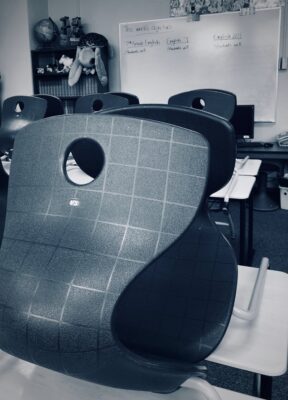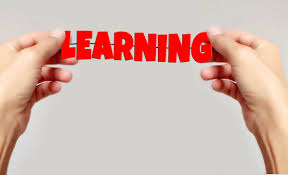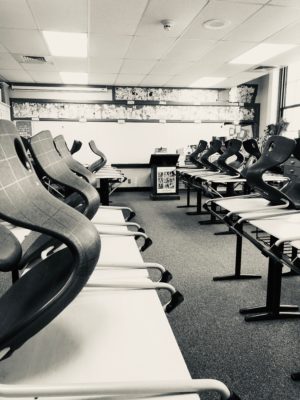For the vast majority of my students, distance learning has not been working.
Not just my classes, but the concept in general. Many report that their lives outside of school are often unstructured, unfettered, tumultuous, so the routine and predictability (and accountability) of school was what kept their footing. They miss being greeted by the principal and our awesome secretaries every single morning. They miss our one-hallway community where literally everyone knows your name. They even miss my bad dad-jokes. (I added that last one, because I’m just assuming…)
They share with me that it isn’t the content, or the tasks, or the obscure grading expectations, or the fact that they might spend hours staring at a chromebook. It is the loss of the structure of school, both literal and figurative.
While some are adrift, a handful are experiencing an academic transformation. The numbers are small, but there is something about this distance learning thing that is working for them. Let’s take one student, who I’ll call B*. Prior to March 13th, attendance was spotty. When present, B was physically present only. Despite constant attempts to connect, few of us on staff were able to claim we actually had a sustained conversation with them. In the weeks prior to the shutdown, I received two assignments from B. They weren’t defiant, and to be honest their skills (in my classes, at least) did not appear to be deficient in any significant way. B was, and is, an enigma we are continuing to work to unravel.
Transition to distance learning and this same student had nearly the highest rate of engagement of all my students. This is a student listed as homeless, with a history of bouncing from school to school, and with a outside-of-school life that instantly led to worry every time they missed school. When I asked B why distance learning seemed to work, I parsed out three trends in their (short) reply:
Continue reading






